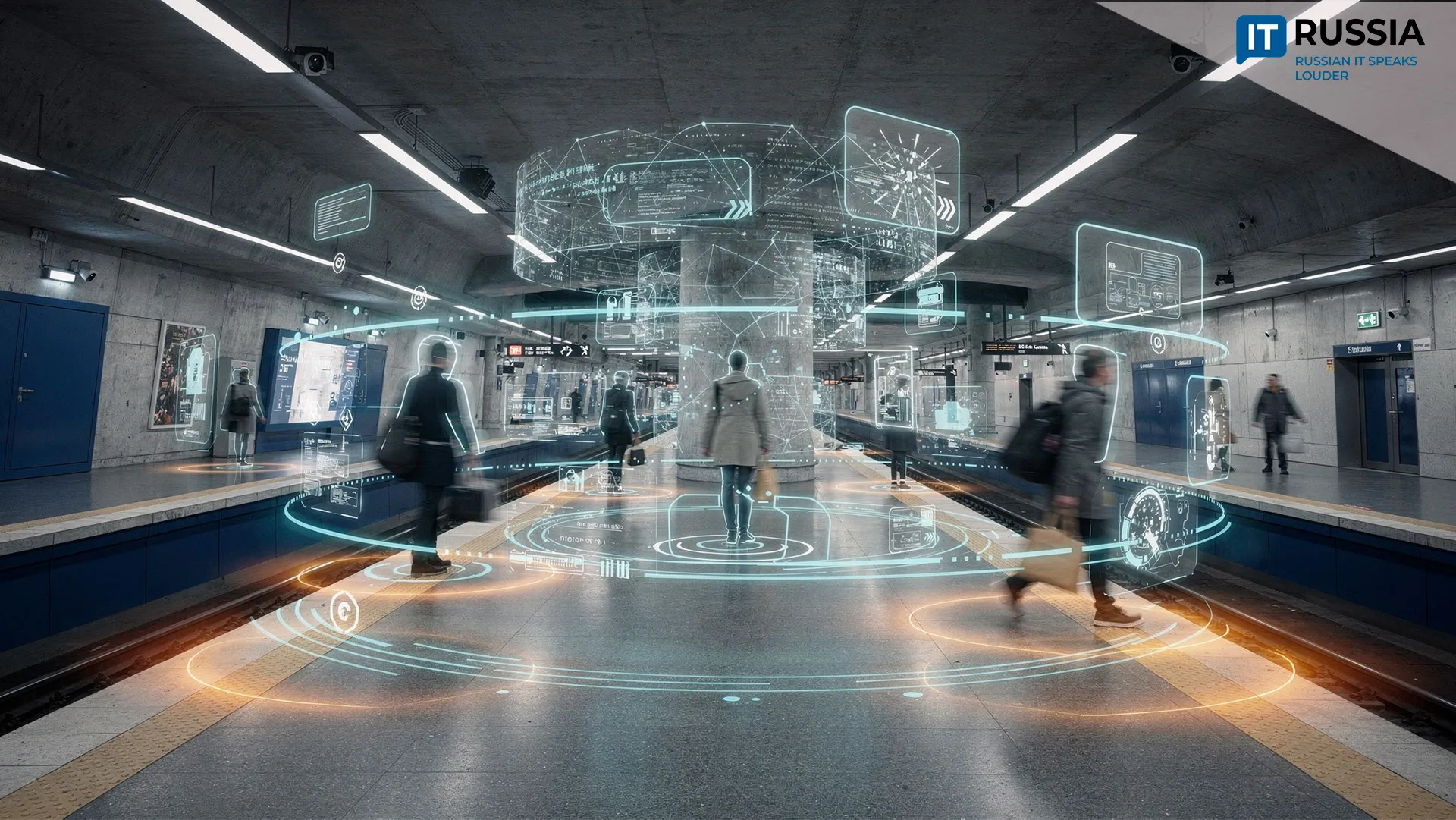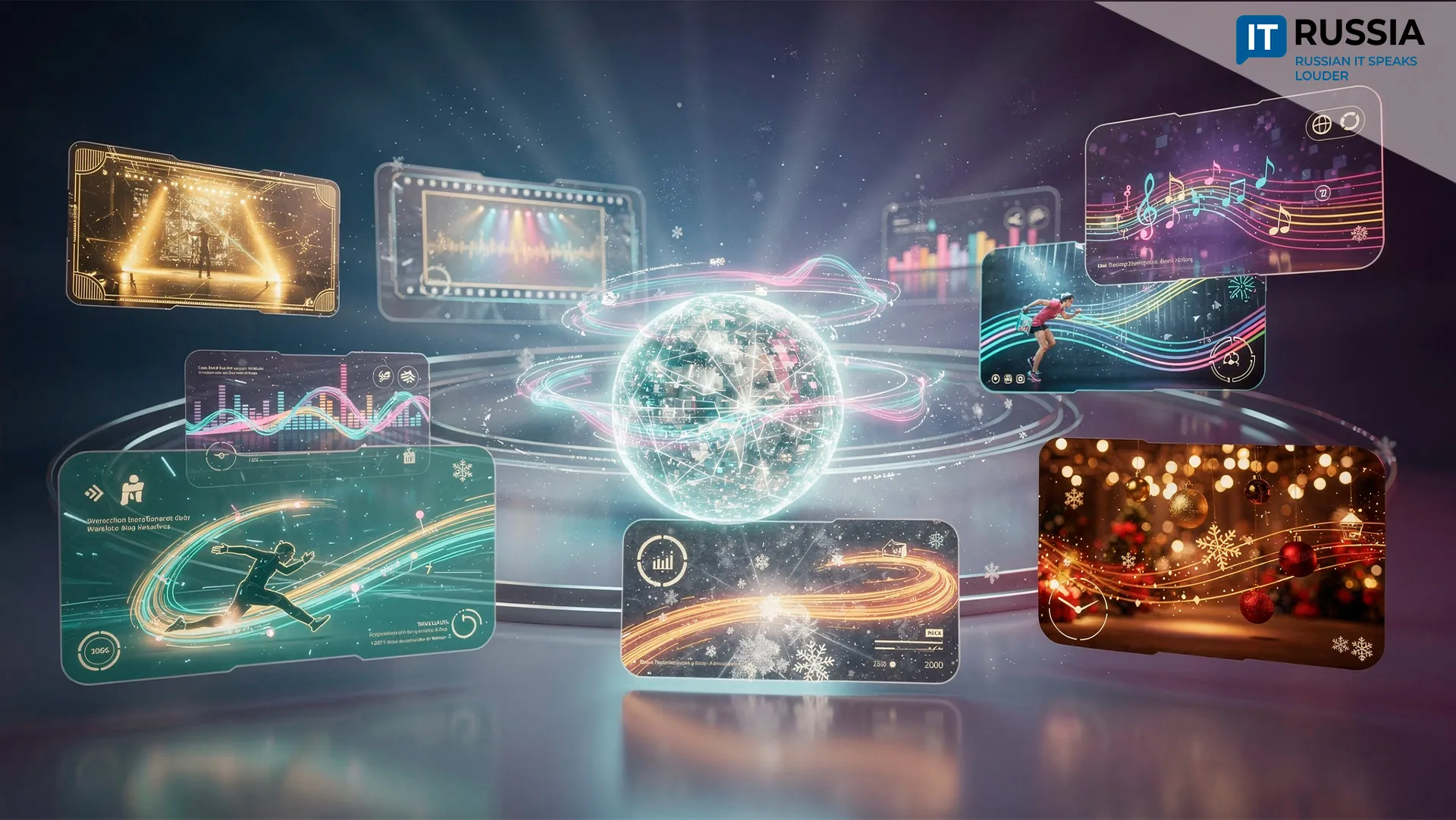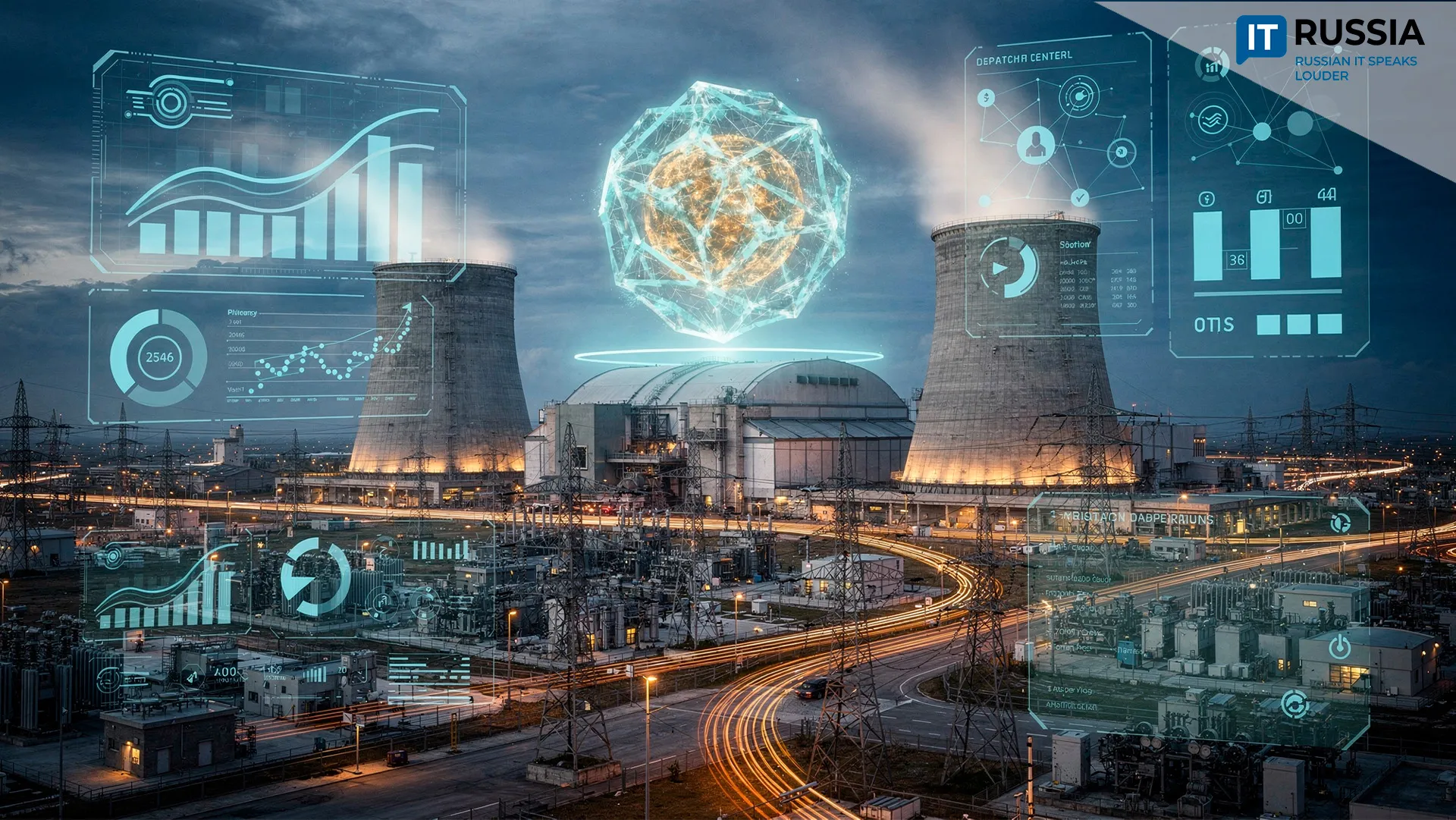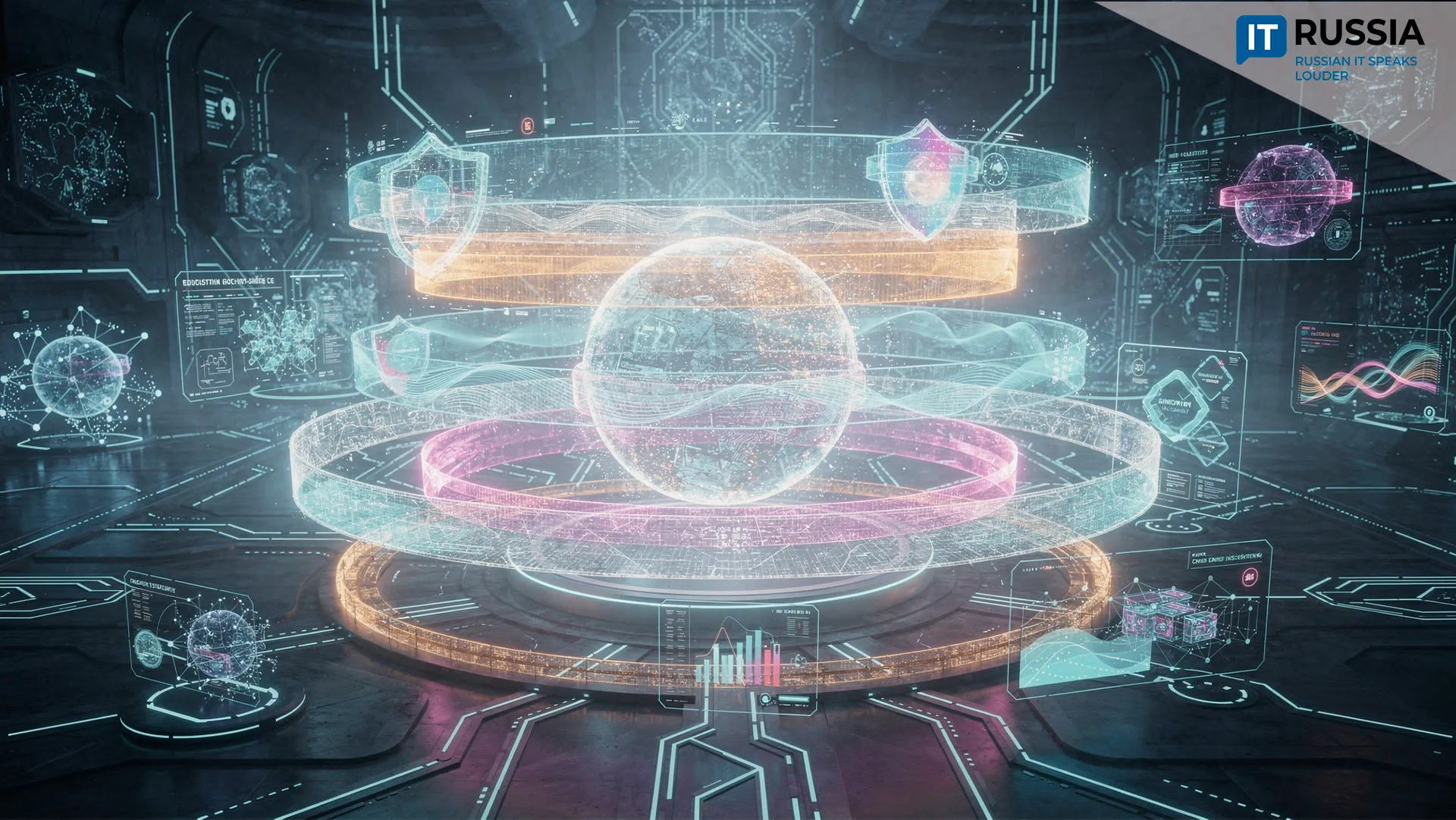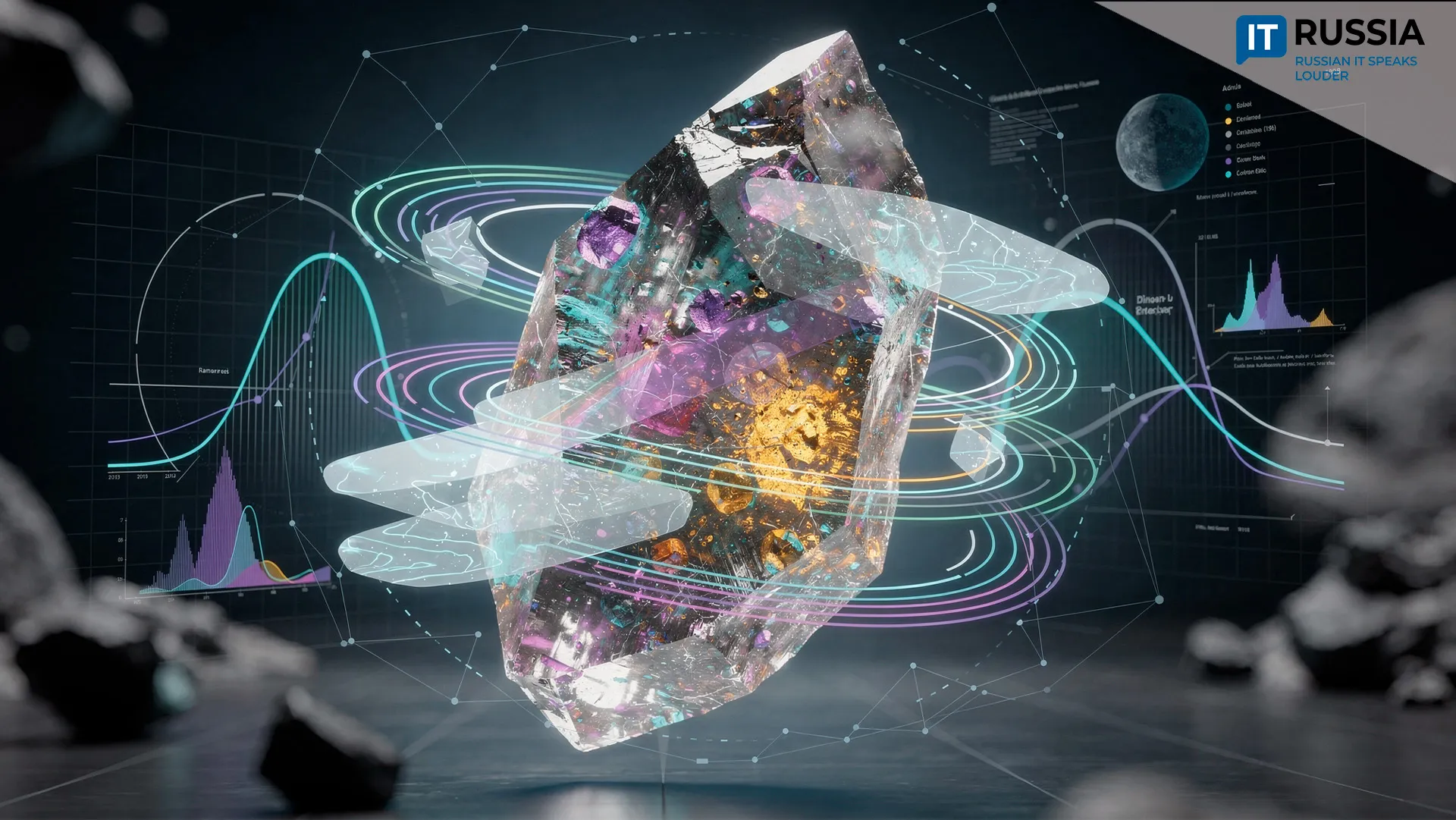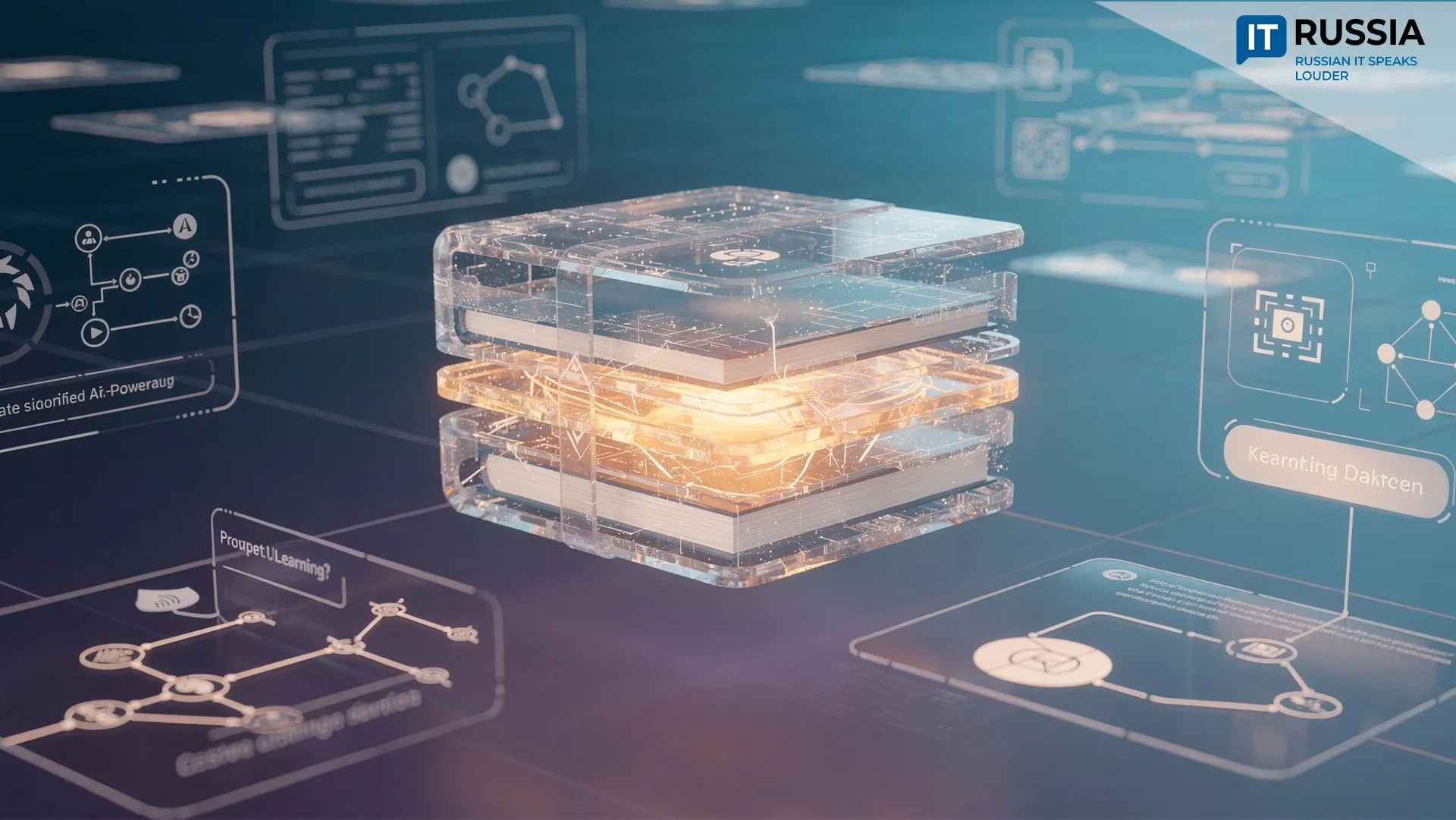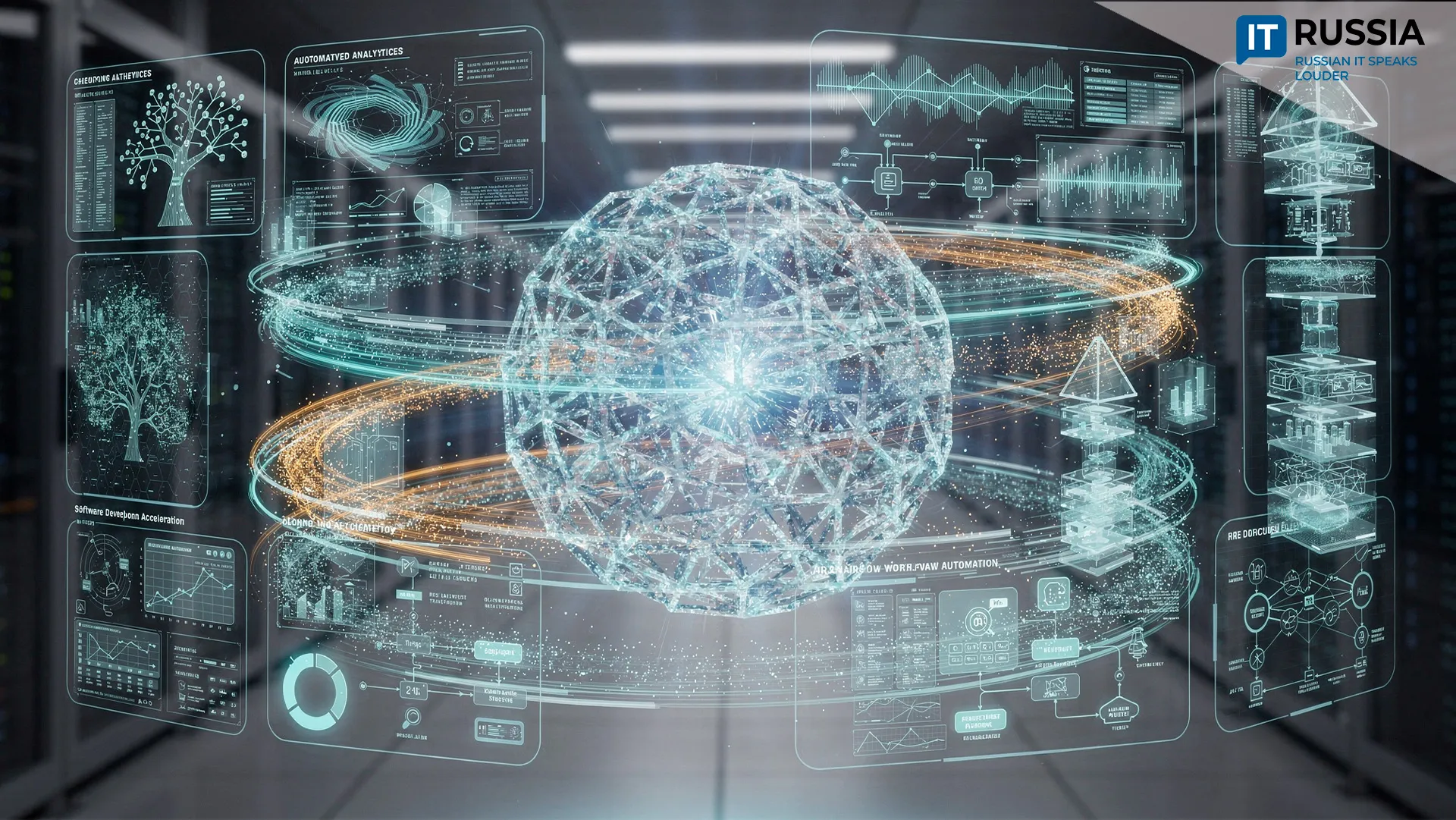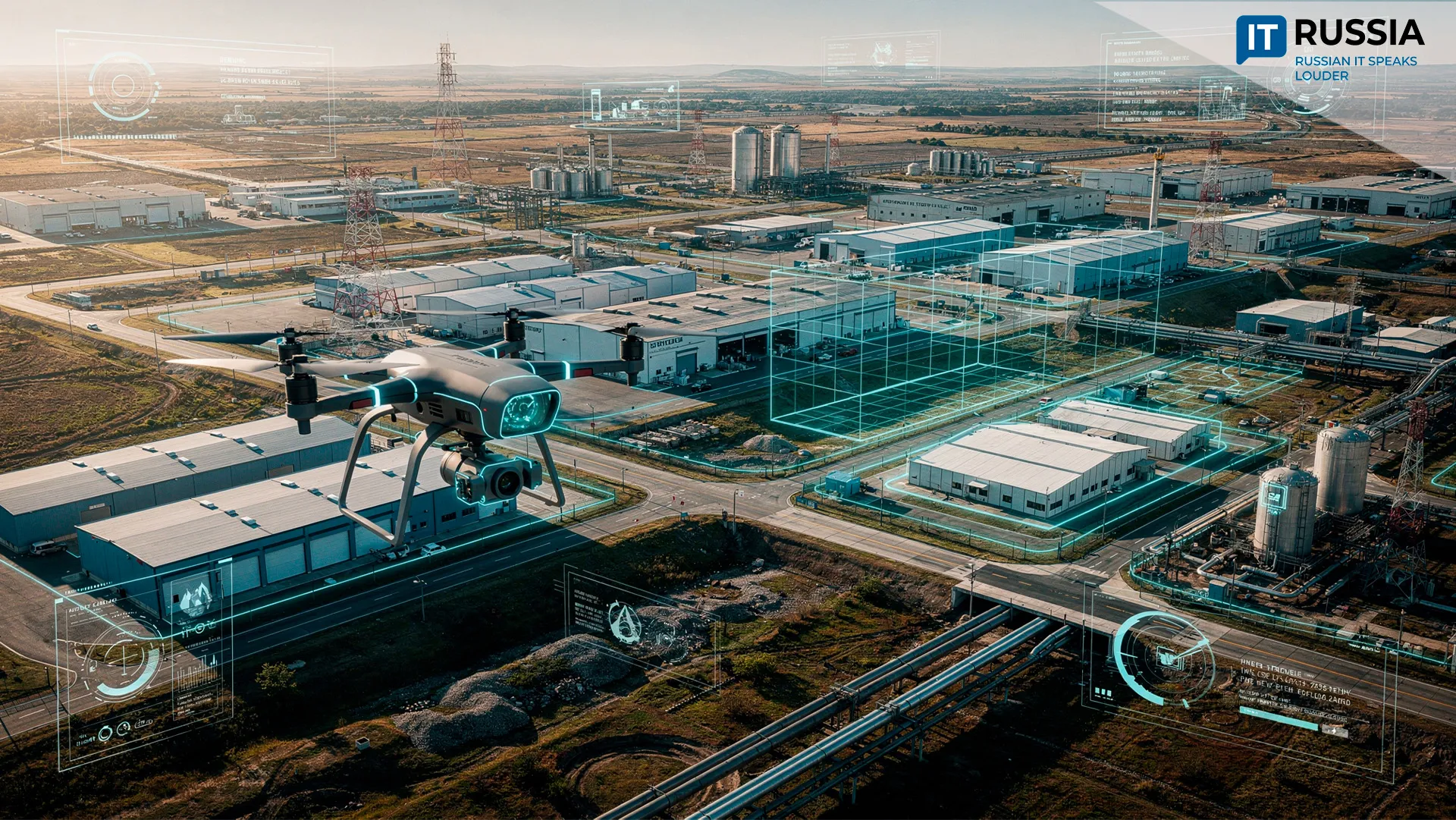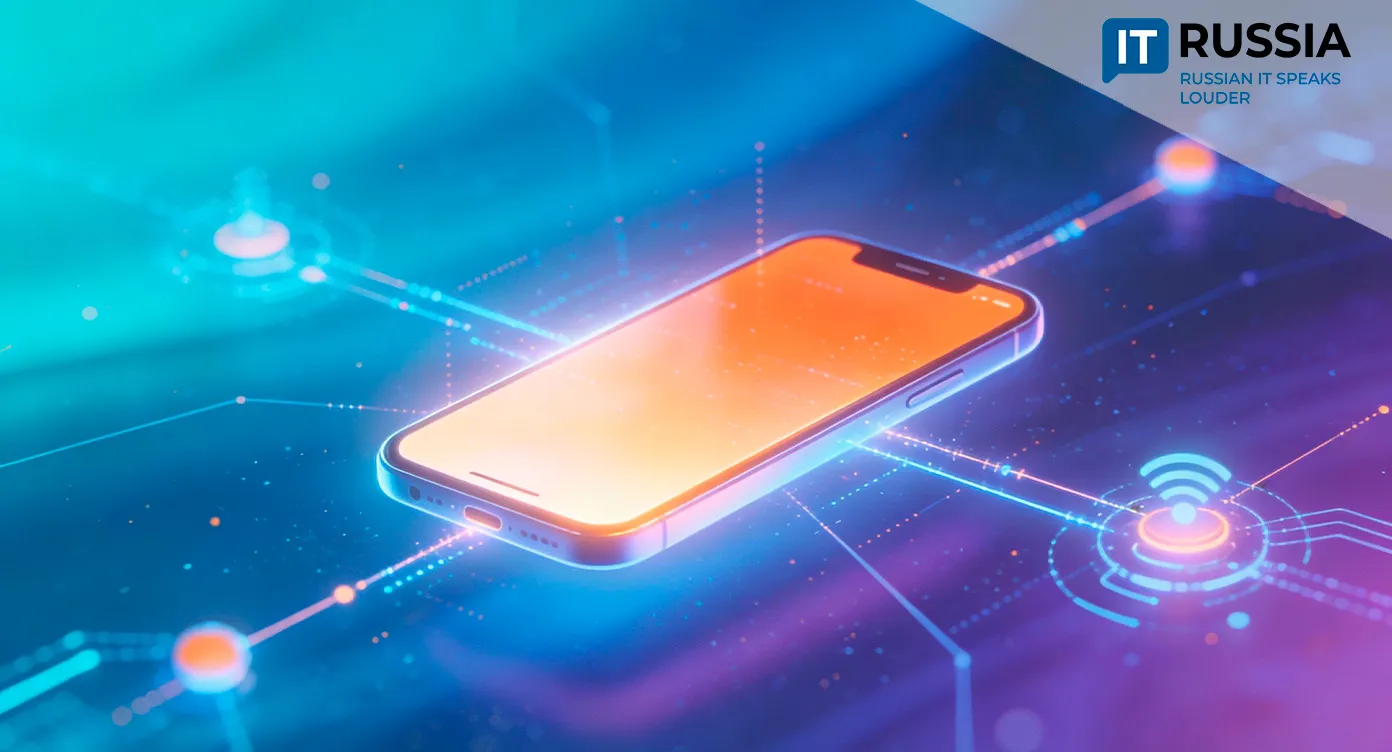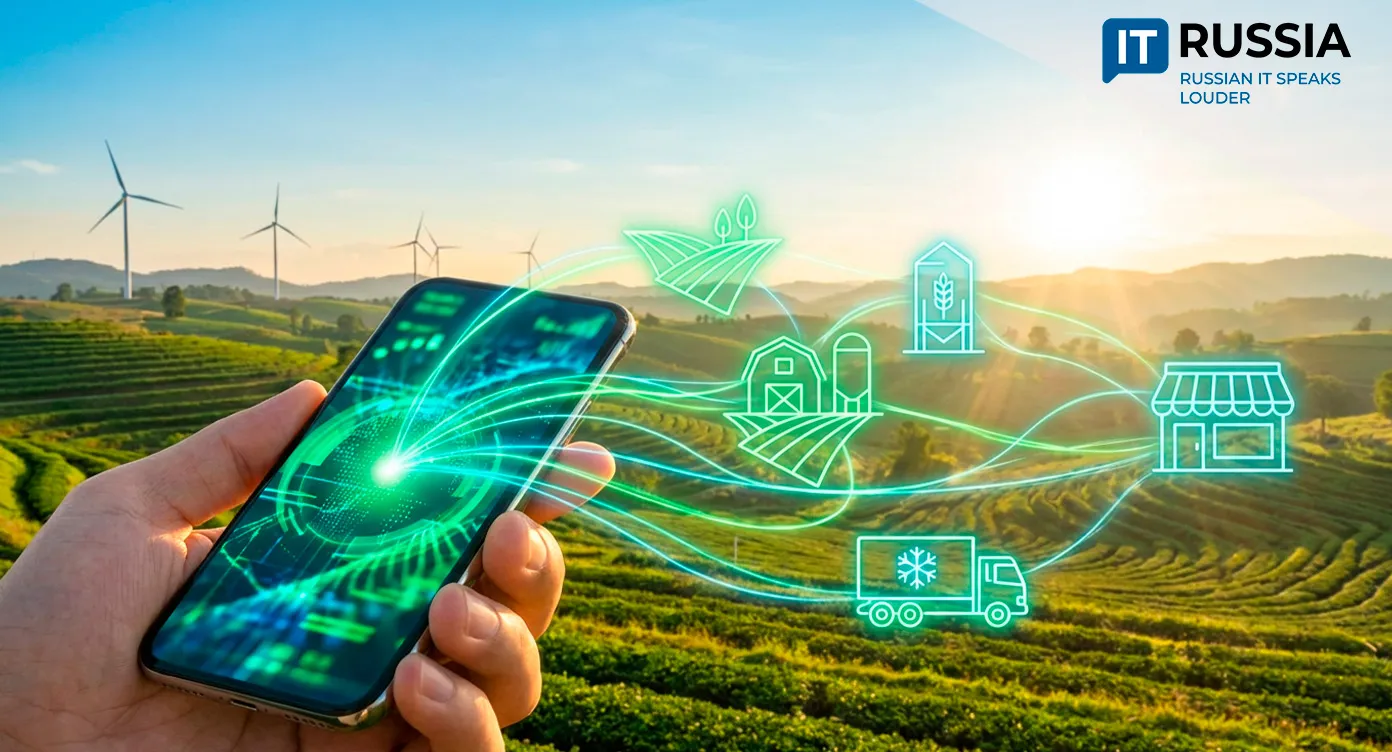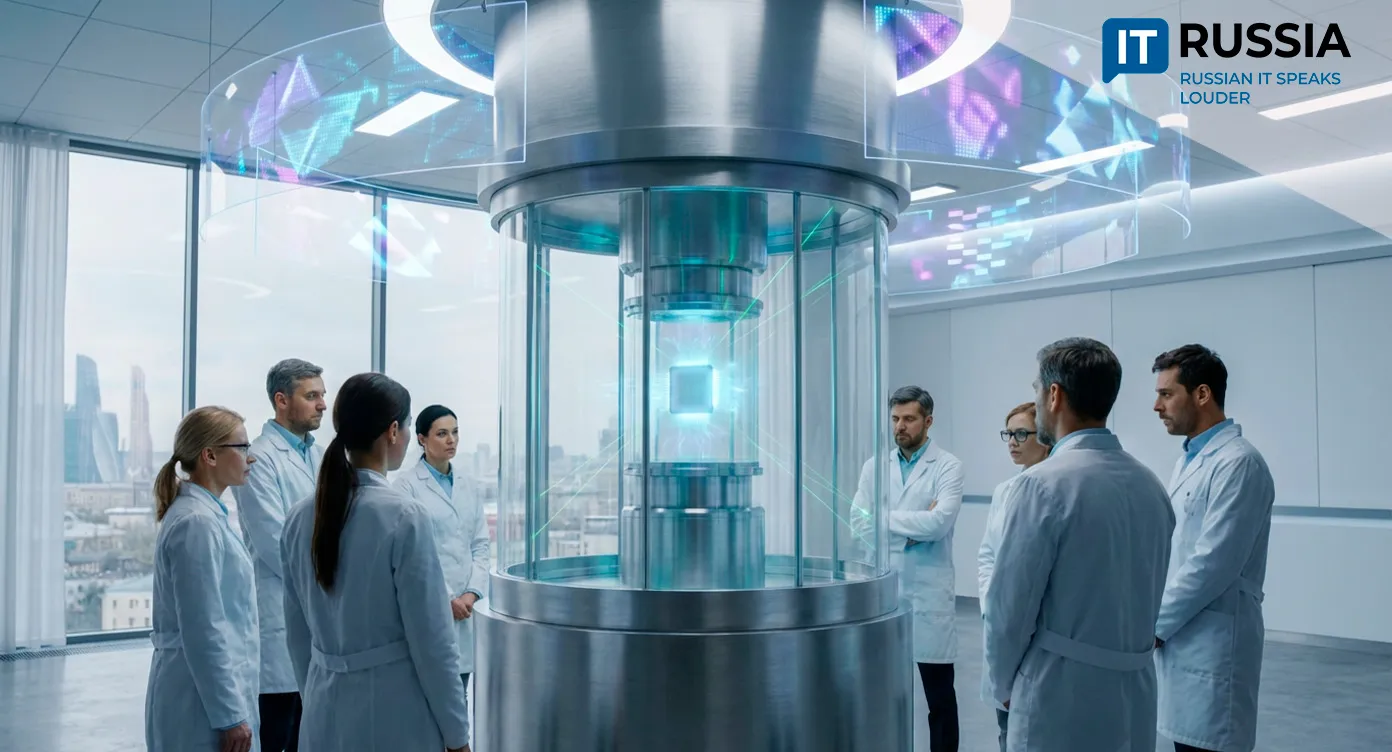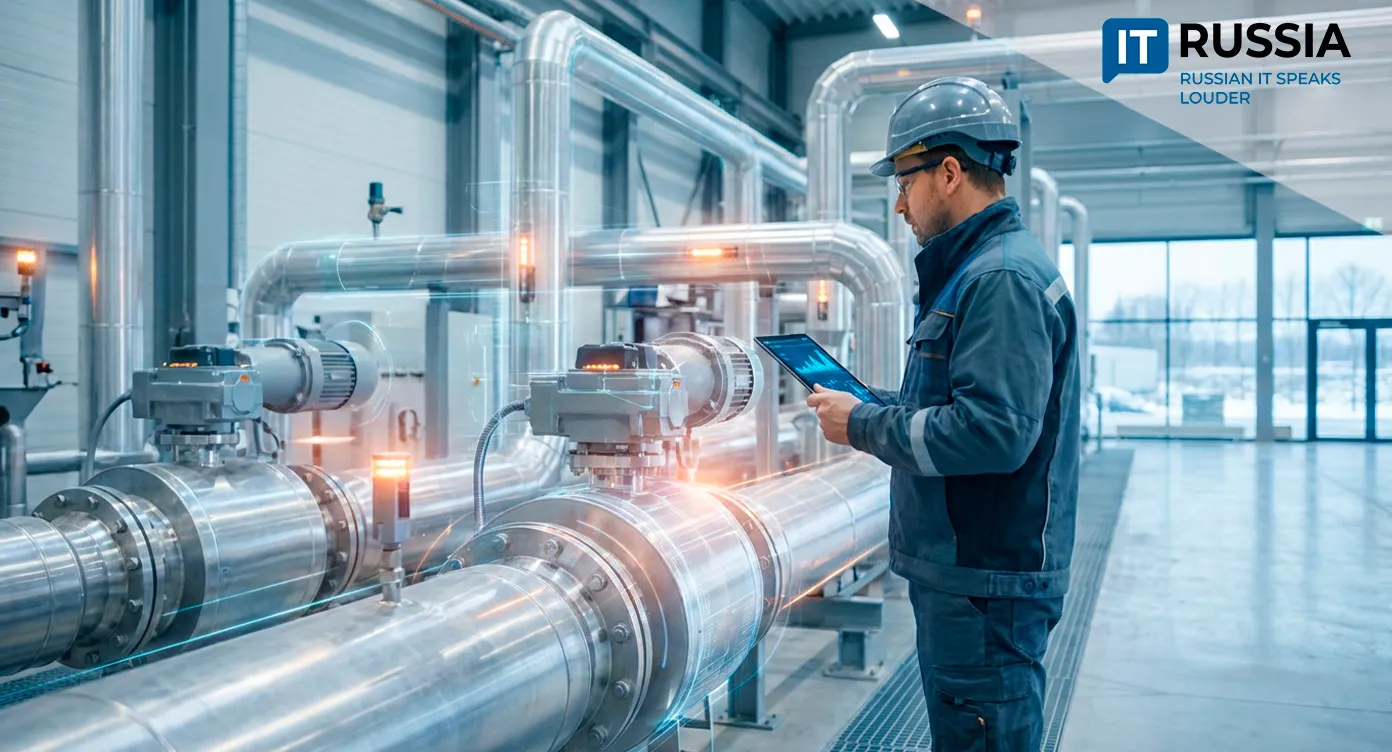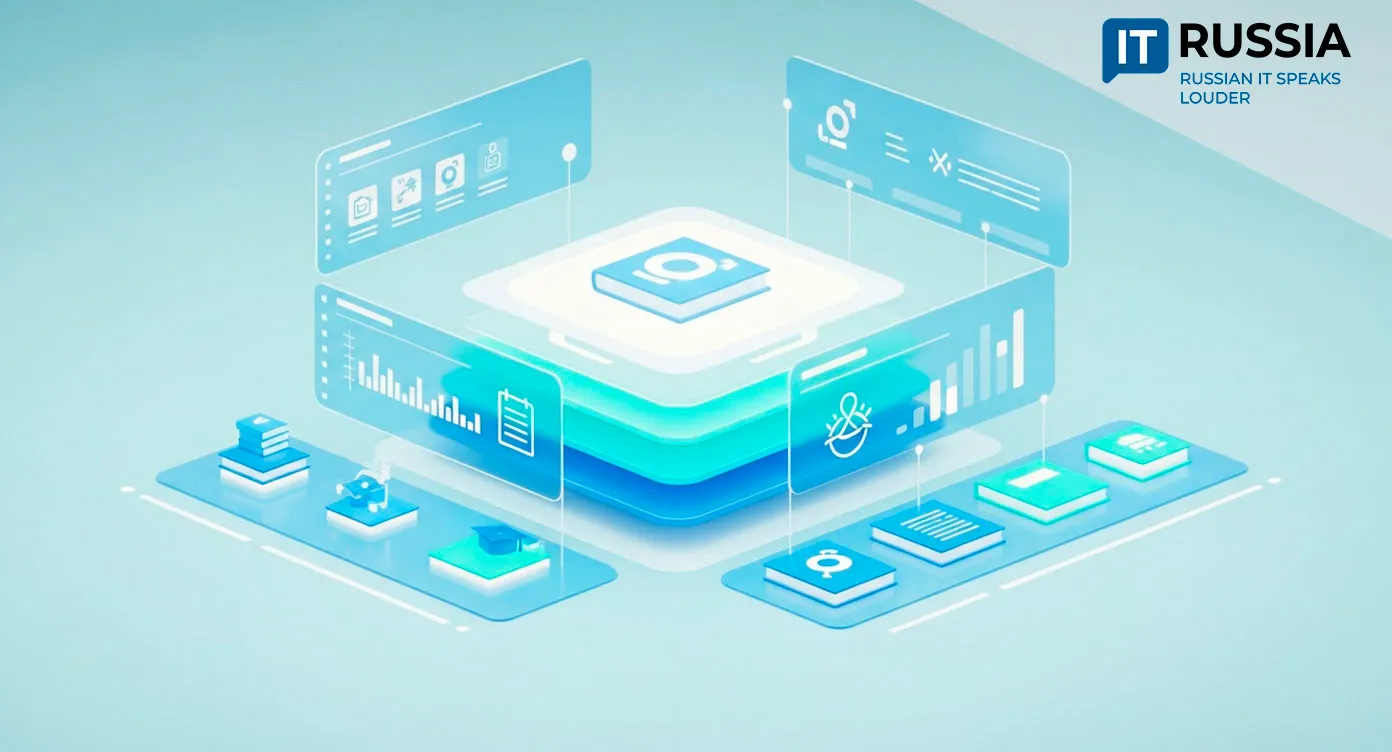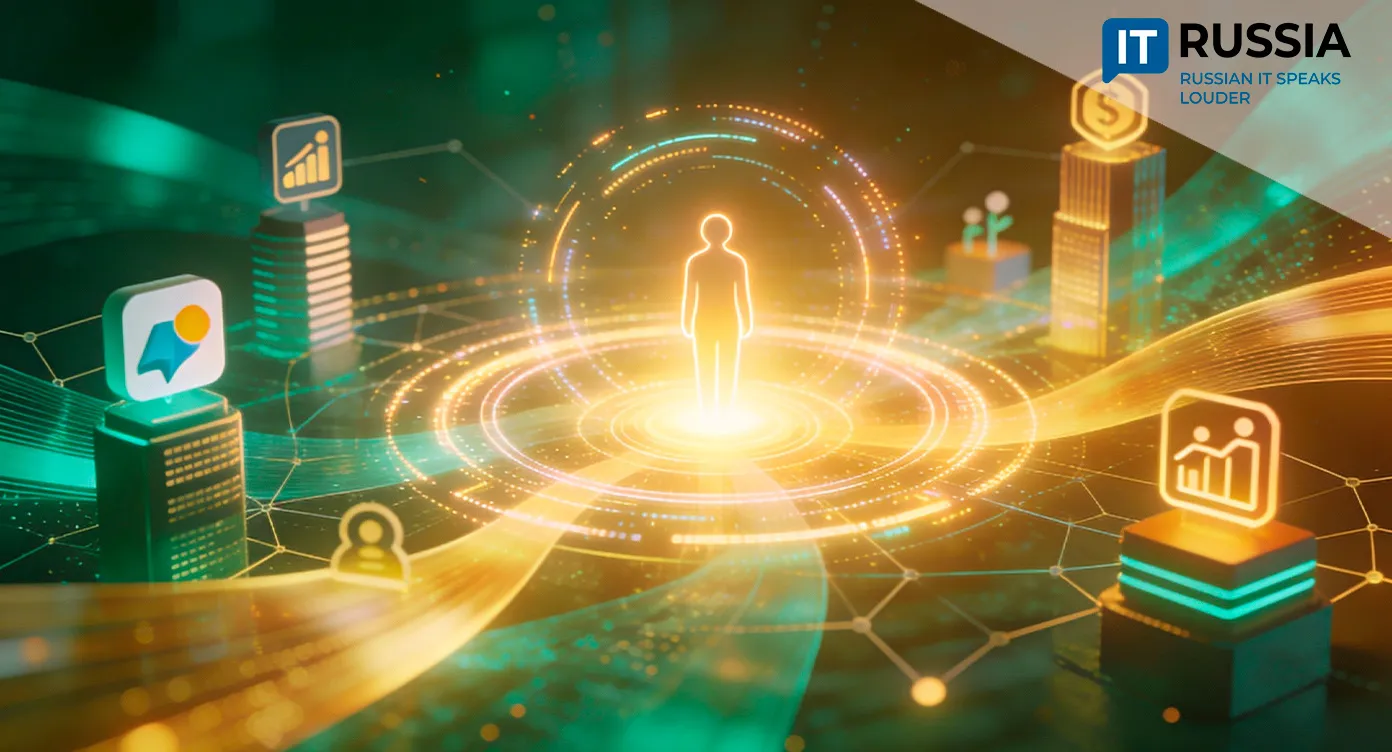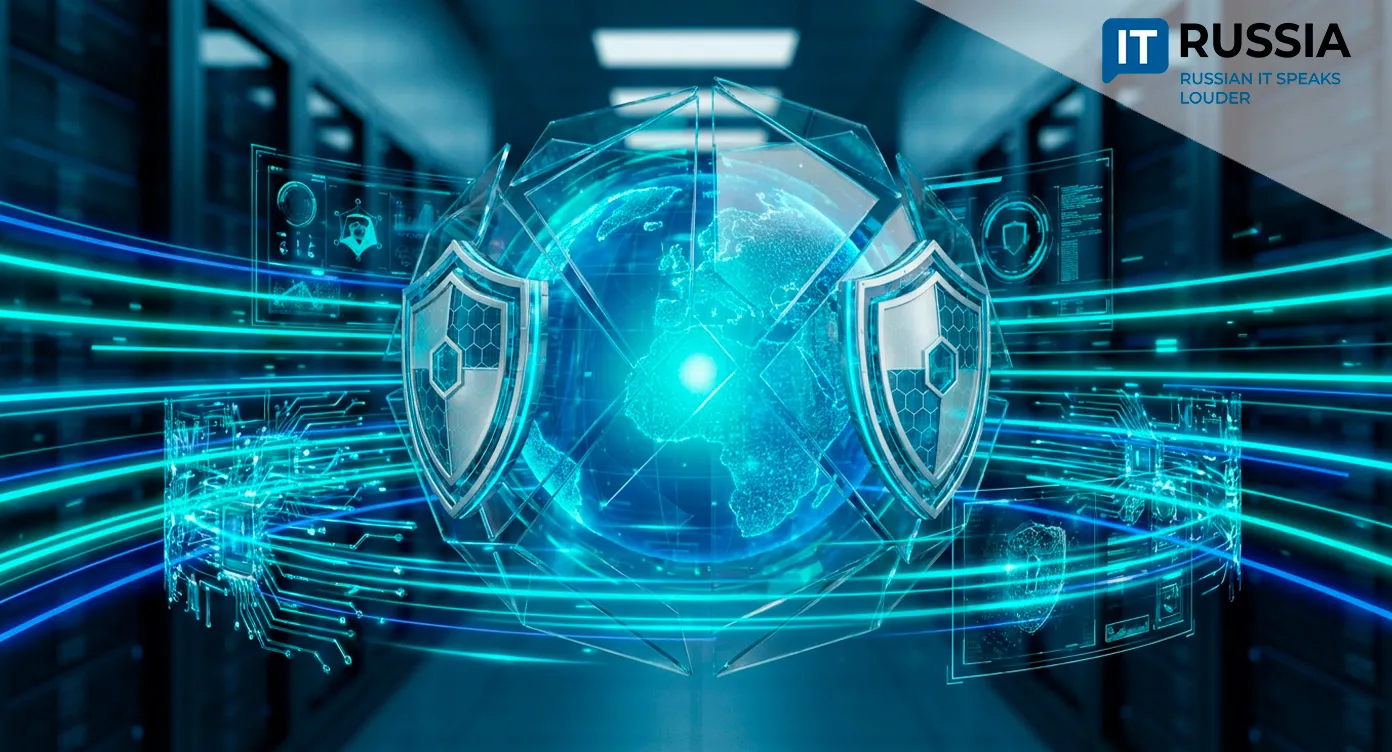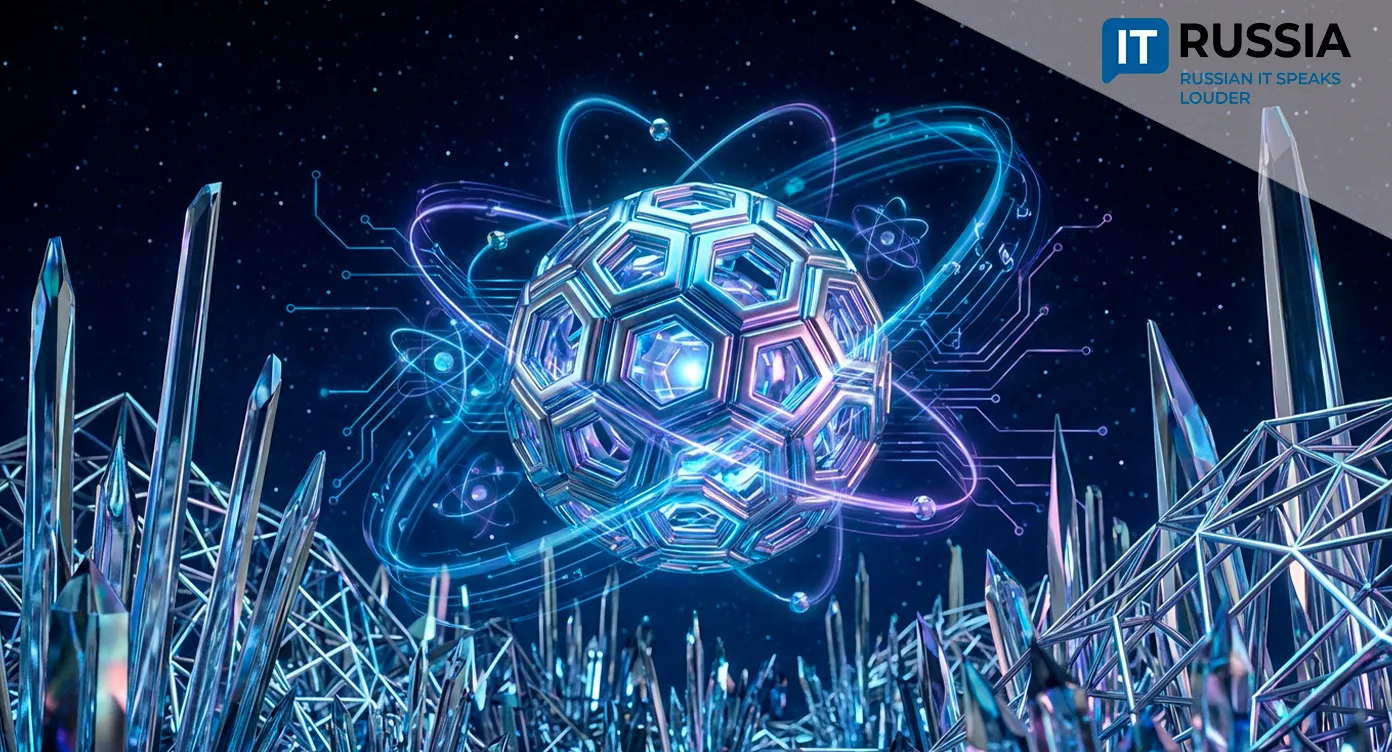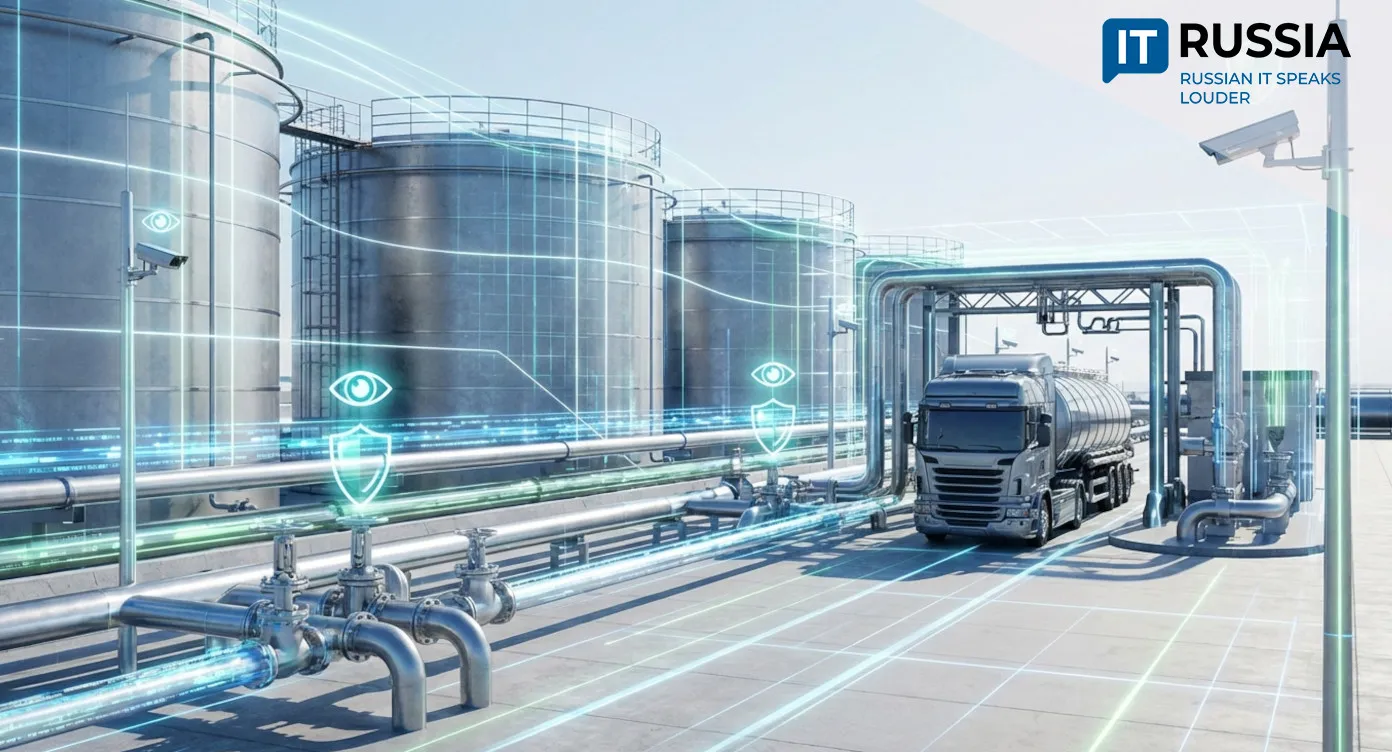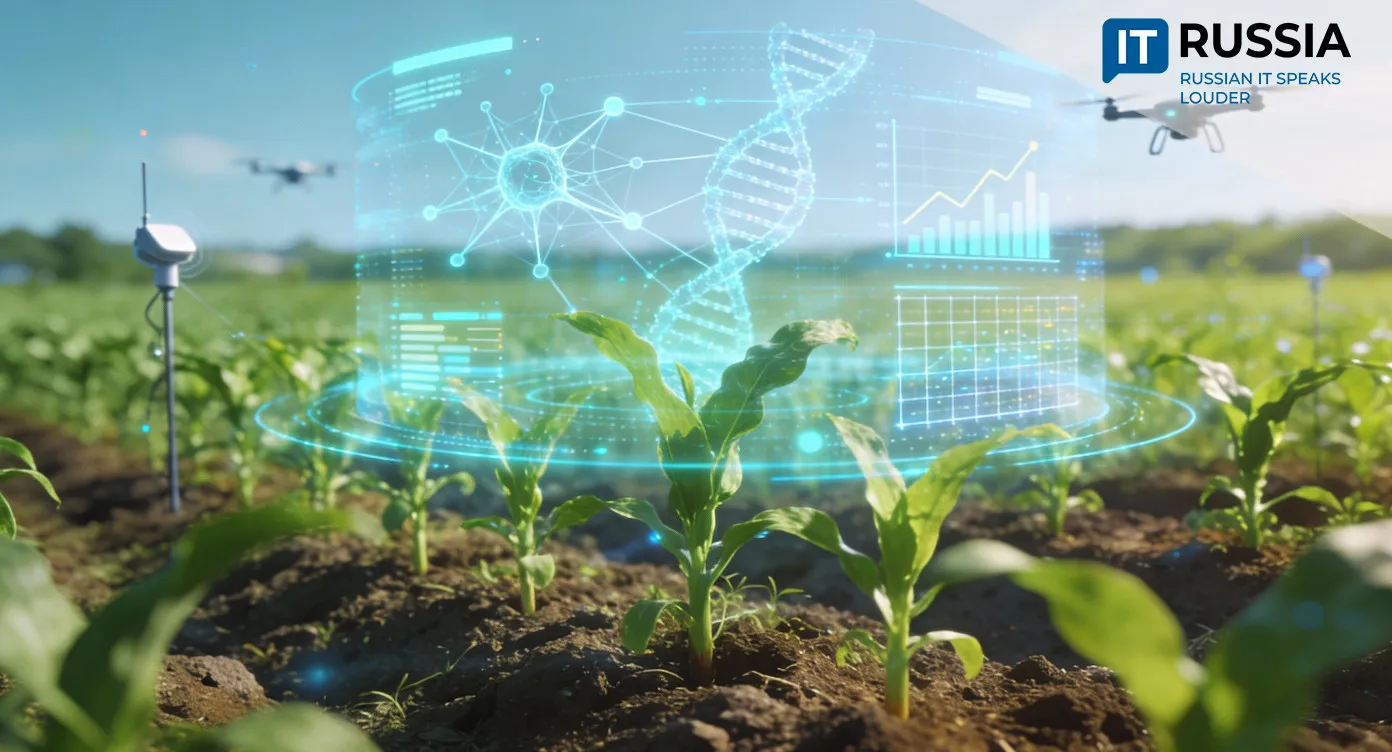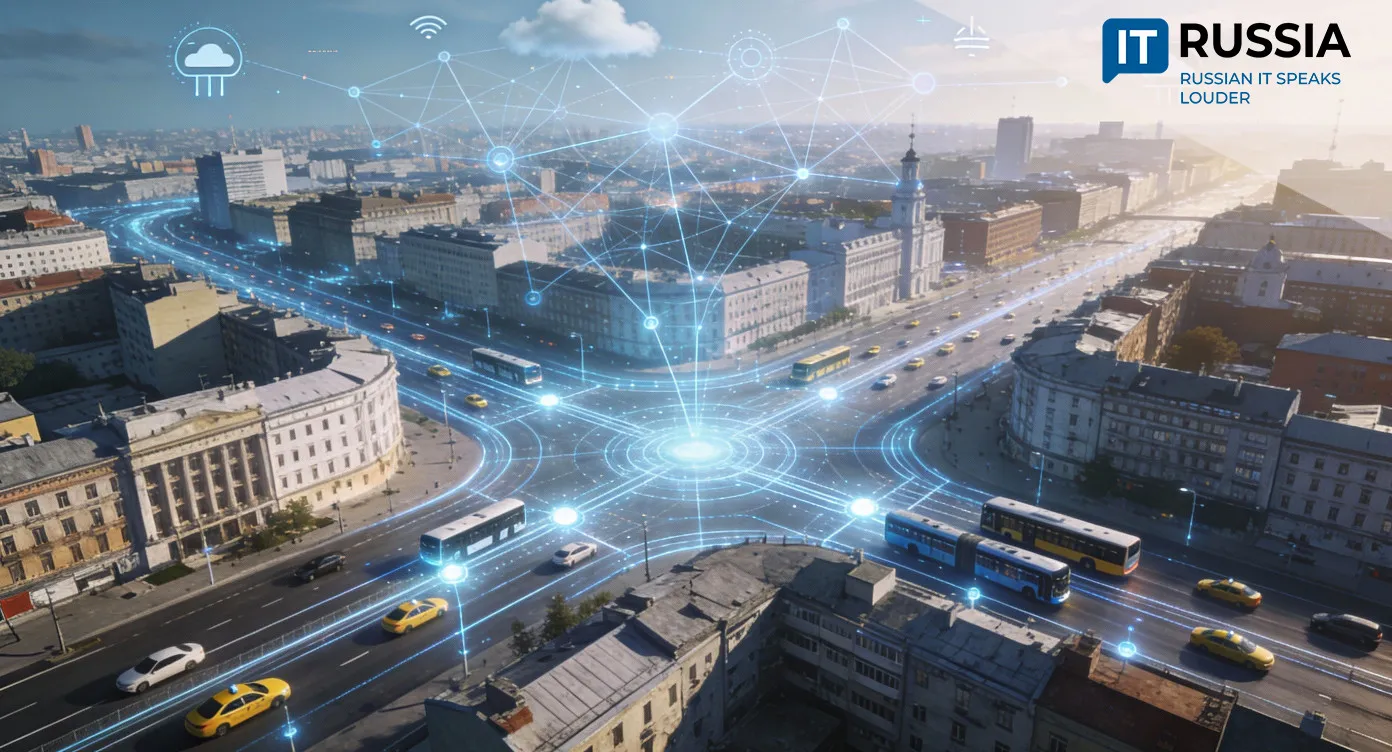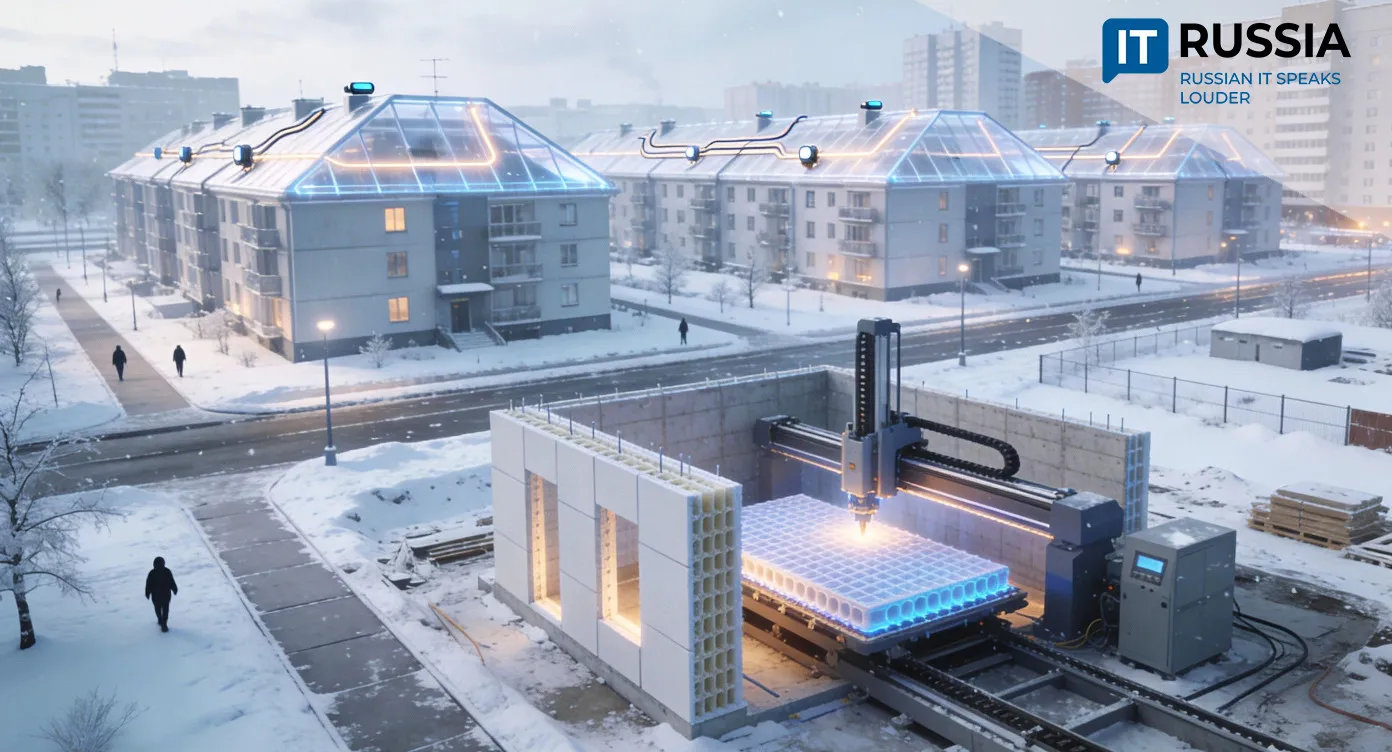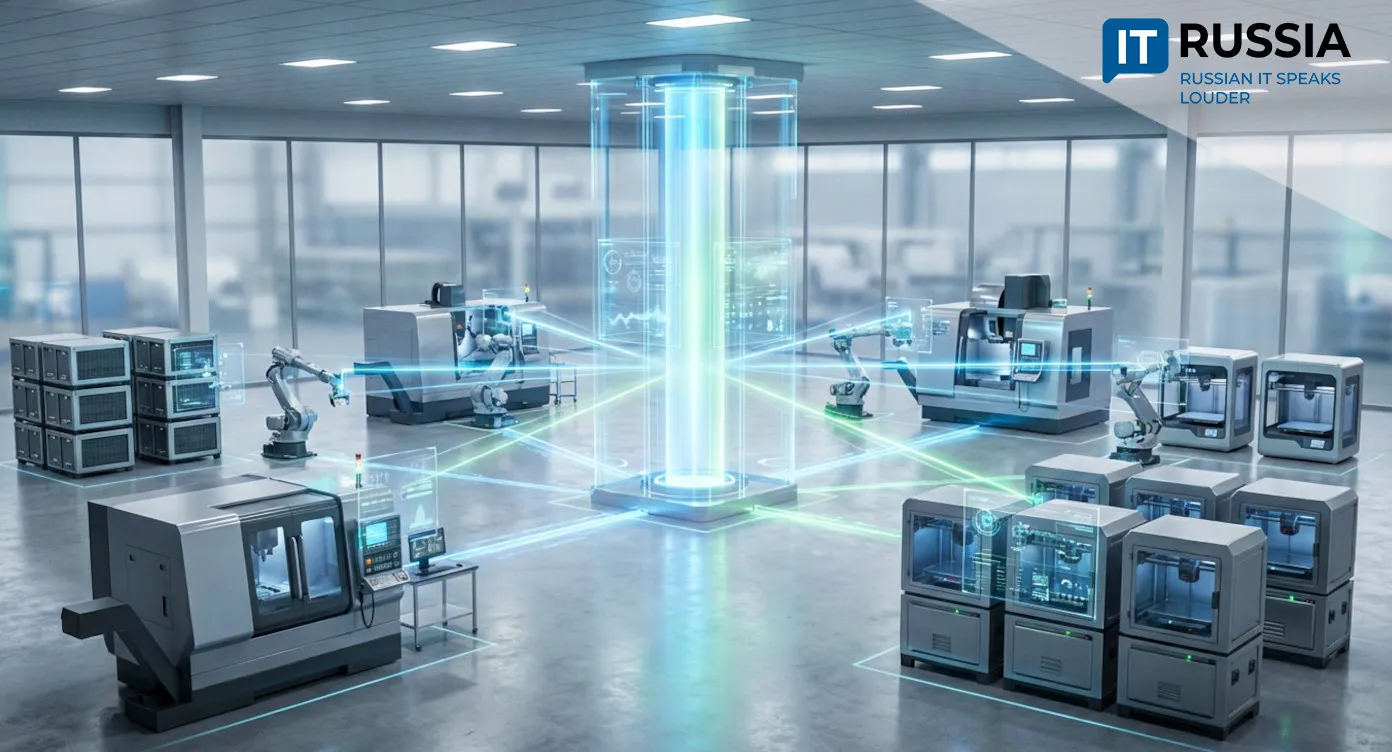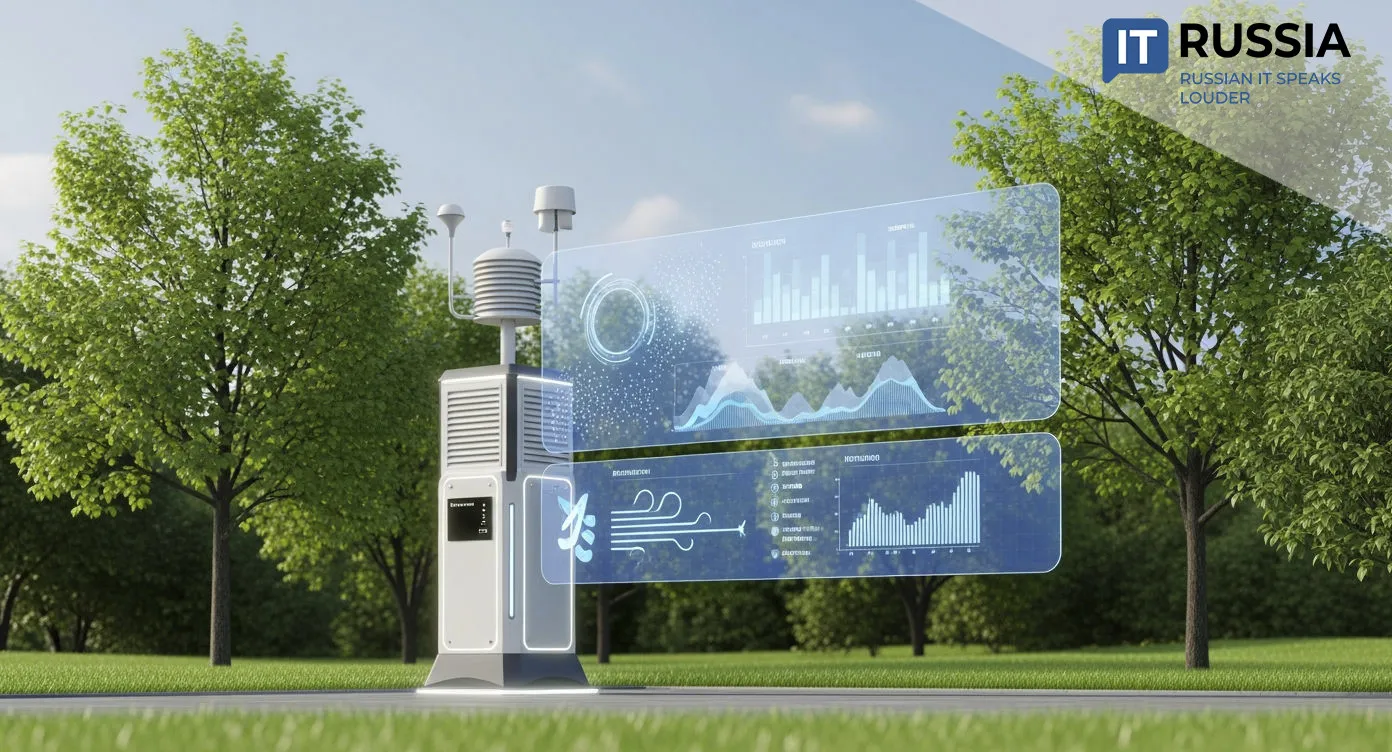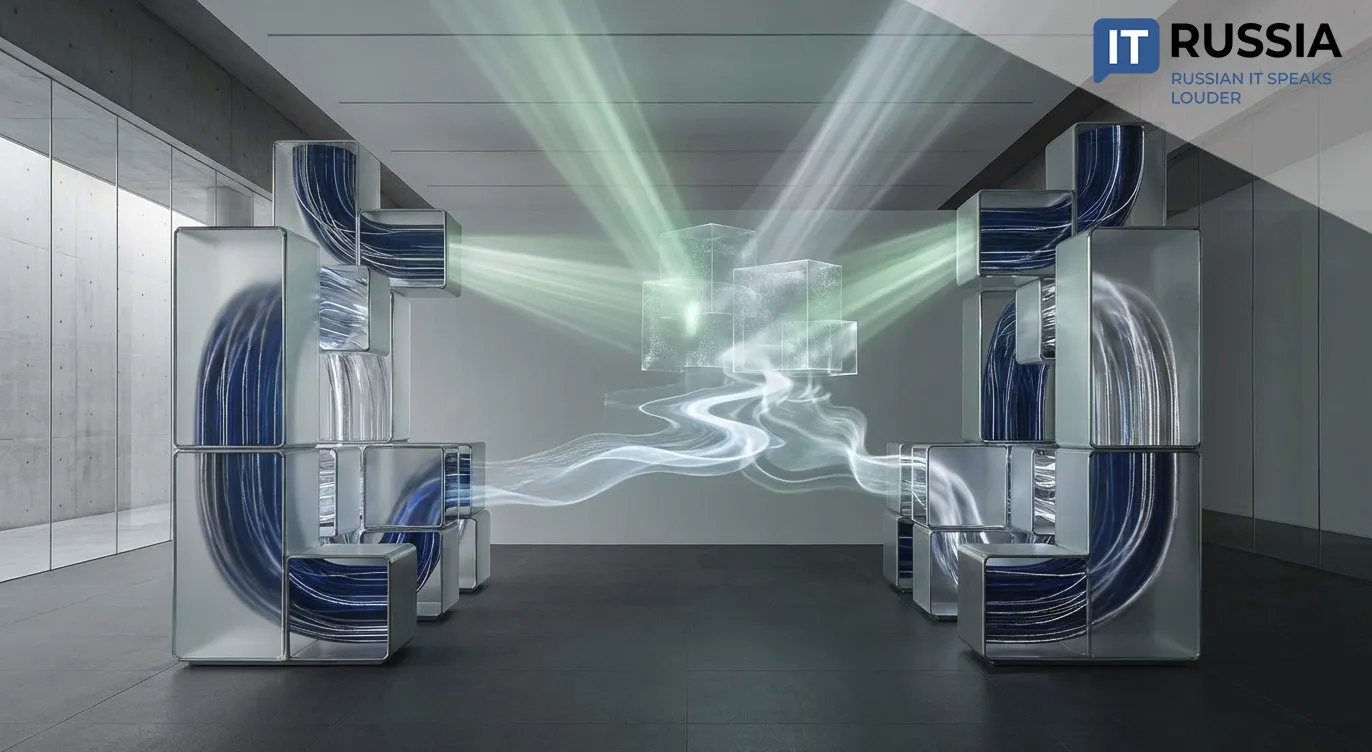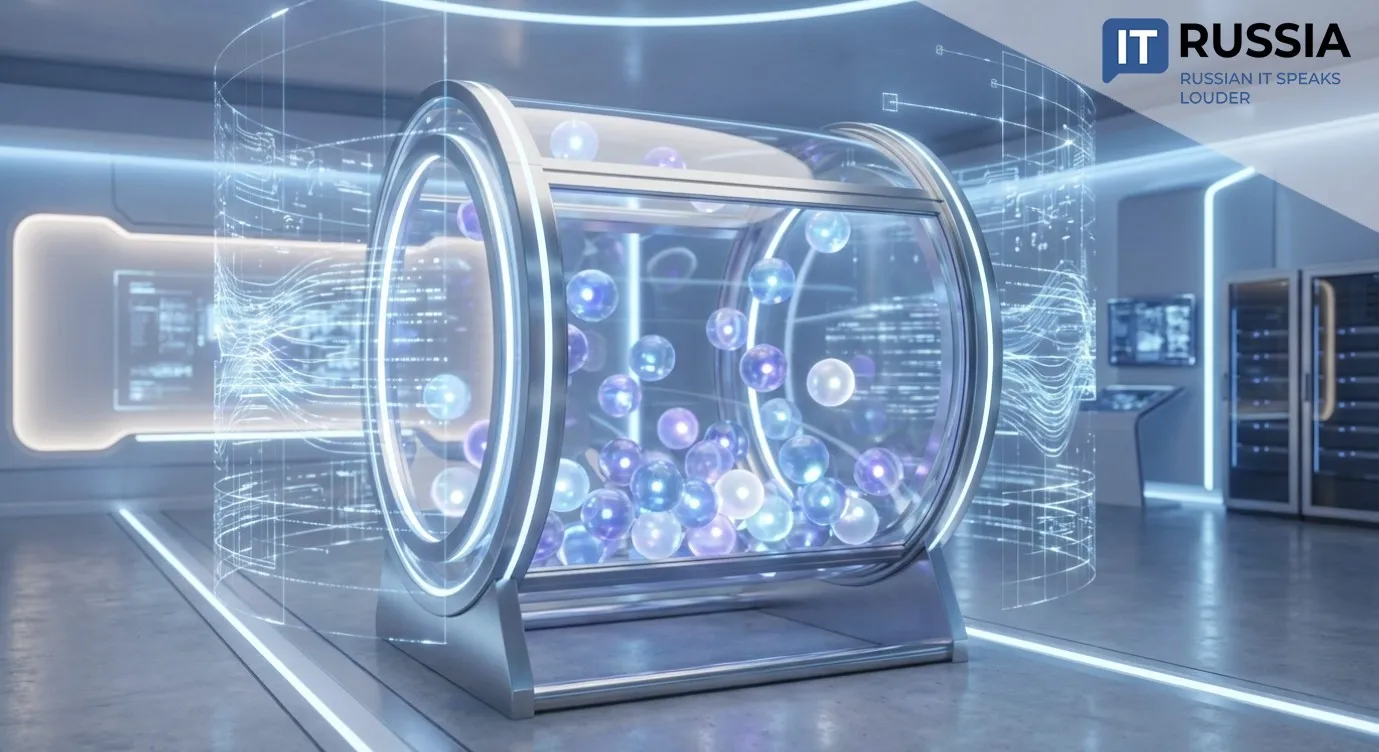Artificial Intelligence on the Moon: Moscow State University Redraws Gravity Maps and Opens Path to New Resources
Researchers at Moscow State University used a convolutional neural network to confirm over 90 percent of the lunar “mascons” (gravitational anomalies) described in scientific literature and discovered 20 new ones. Beyond pure science, the method opens strategic opportunities — from safer lunar missions to more efficient mineral exploration on Earth.
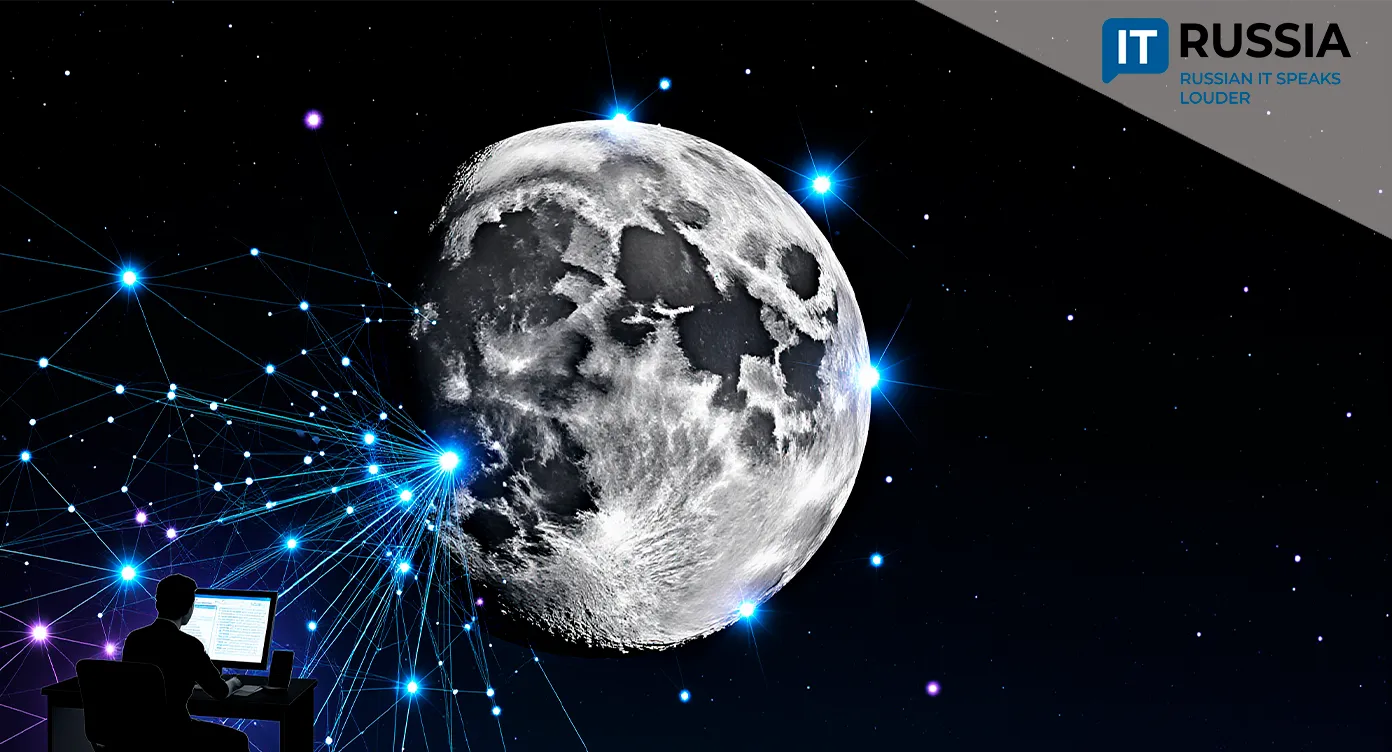
Uneven Lunar Gravity: From Mystery to Algorithm
The Moon despite its apparent simplicity has an extremely uneven gravitational field. The cause is so-called “mascons” (short for mass concentrations) — subsurface regions of higher density, often tied to ancient impact craters. These anomalies distort the orbits of artificial satellites, making them crucial for navigation and mission planning. Until recently, studying this problem required labor-intensive manual data processing. Now artificial intelligence is changing that.
A Neural Network as Geophysicist
MSU researchers, working with the university’s “Cosmos” scientific school, have developed a convolutional neural network method capable of automatically detecting mascons on gravity maps. During testing, the algorithm identified more than 90 percent of anomalies previously known from the literature and, critically, revealed 20 new regions of high density. The results, which are already being used to construct a 3D density model of the Moon, were published in the journal Geophysics.
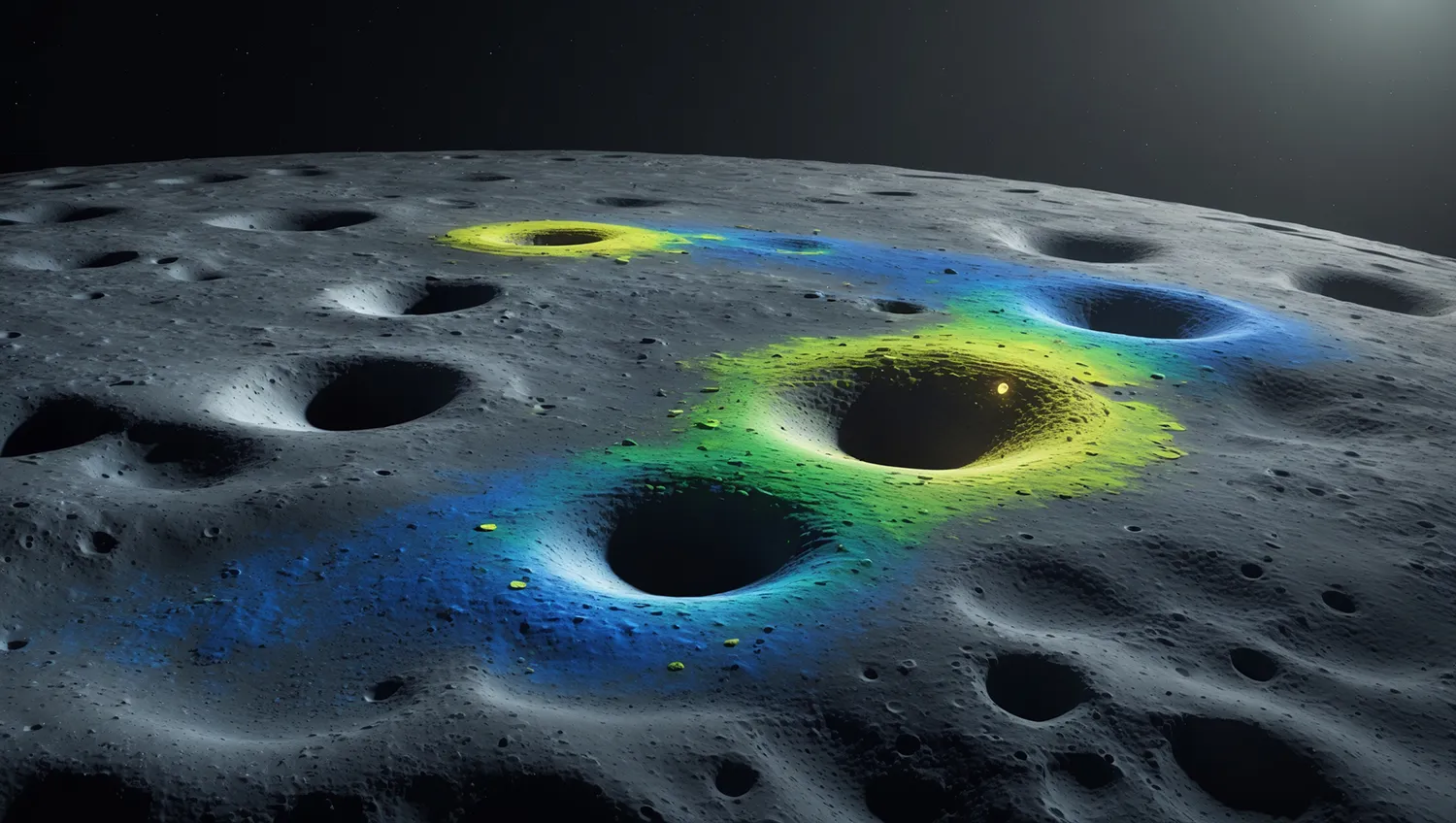
Where AI and Planetary Science Intersect: Russia’s Contribution
This new method is not just another academic exercise. It places Russia at the forefront of interdisciplinary research, where artificial intelligence meets space geophysics. Accurate lunar gravity maps, including the newly identified mascons, are becoming strategic resources. They underpin calculations of “frozen orbits” — stable trajectories vital for mission design. Since NASA’s GRAIL mission, such data have become a global standard. Now Russian scientists are contributing their own results to that shared knowledge base.
From the Moon to Earth’s Subsurface
The researchers emphasize that their approach is highly adaptable. While designed for lunar gravity analysis, it can be repurposed for Earth-bound exploration. Processing gravimetric data is central to mineral prospecting. Automating this task could make exploration faster and cheaper. For Russia’s resource industry, the method offers a path to developing domestic AI solutions, reducing reliance on foreign software, and boosting the competitiveness of geological companies.
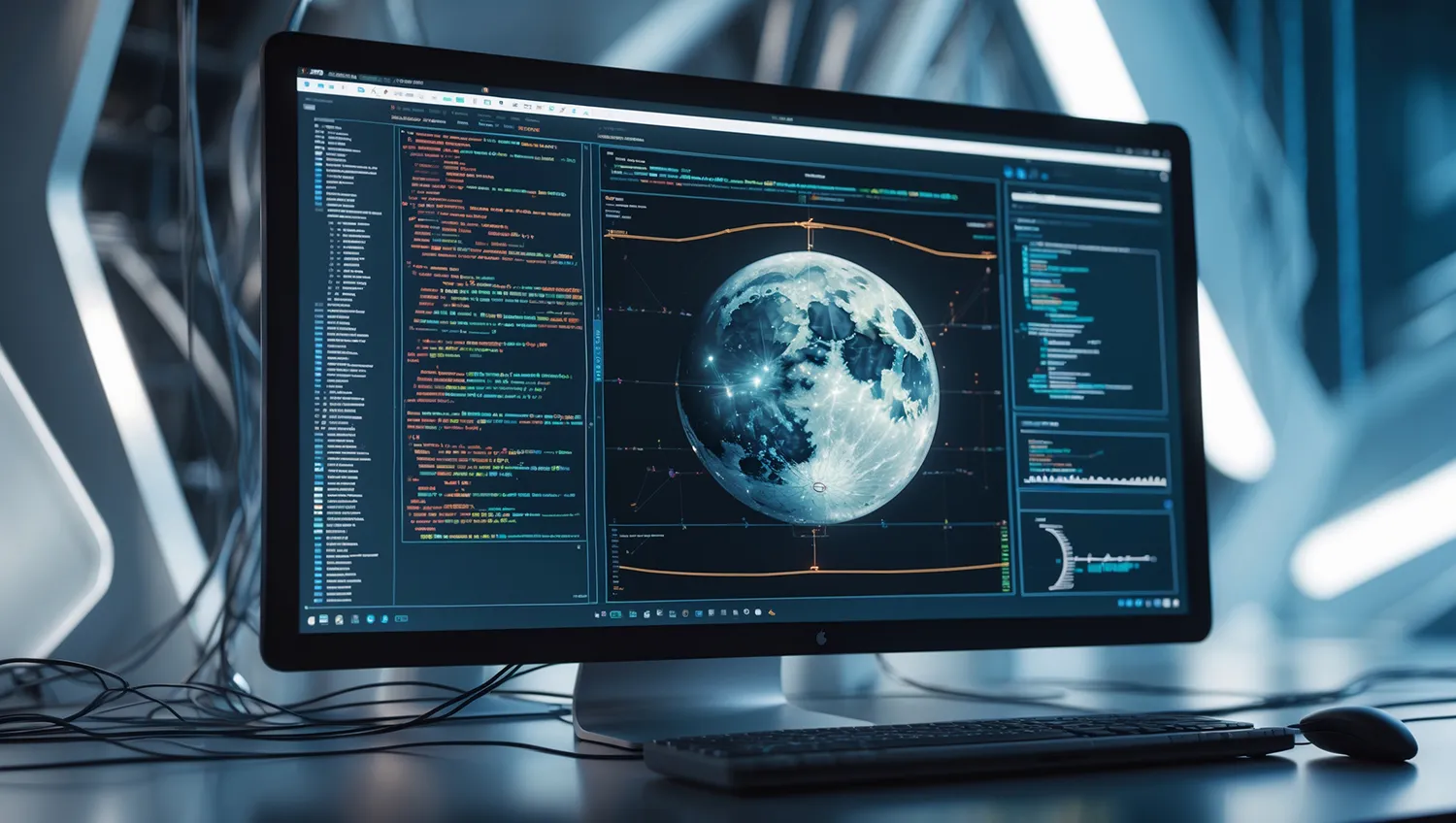
The Growing Trend: AI in Space Exploration
The MSU study aligns with a broader global trend: in recent years, artificial intelligence has been increasingly applied to lunar data analysis. In 2025, for instance, researchers used deep learning to assess the quality of gravity maps, automate crater detection, and search for anomalous surfaces. Russian scientists are not simply following this trend — they are enriching it with an original synthesis of fundamental geophysics and advanced machine learning methods.
What’s Next?
In the next three years, MSU’s development is expected to scale across both Russian remote-sensing initiatives and international collaborations in lunar navigation and lander missions. The “Cosmos” school and MSU’s specialized institutes such as the Institute of Physics and Space Research are laying the foundation for future advancements. For Russia’s economy, this creates a dual-use advantage — from outer space to subsurface industries.
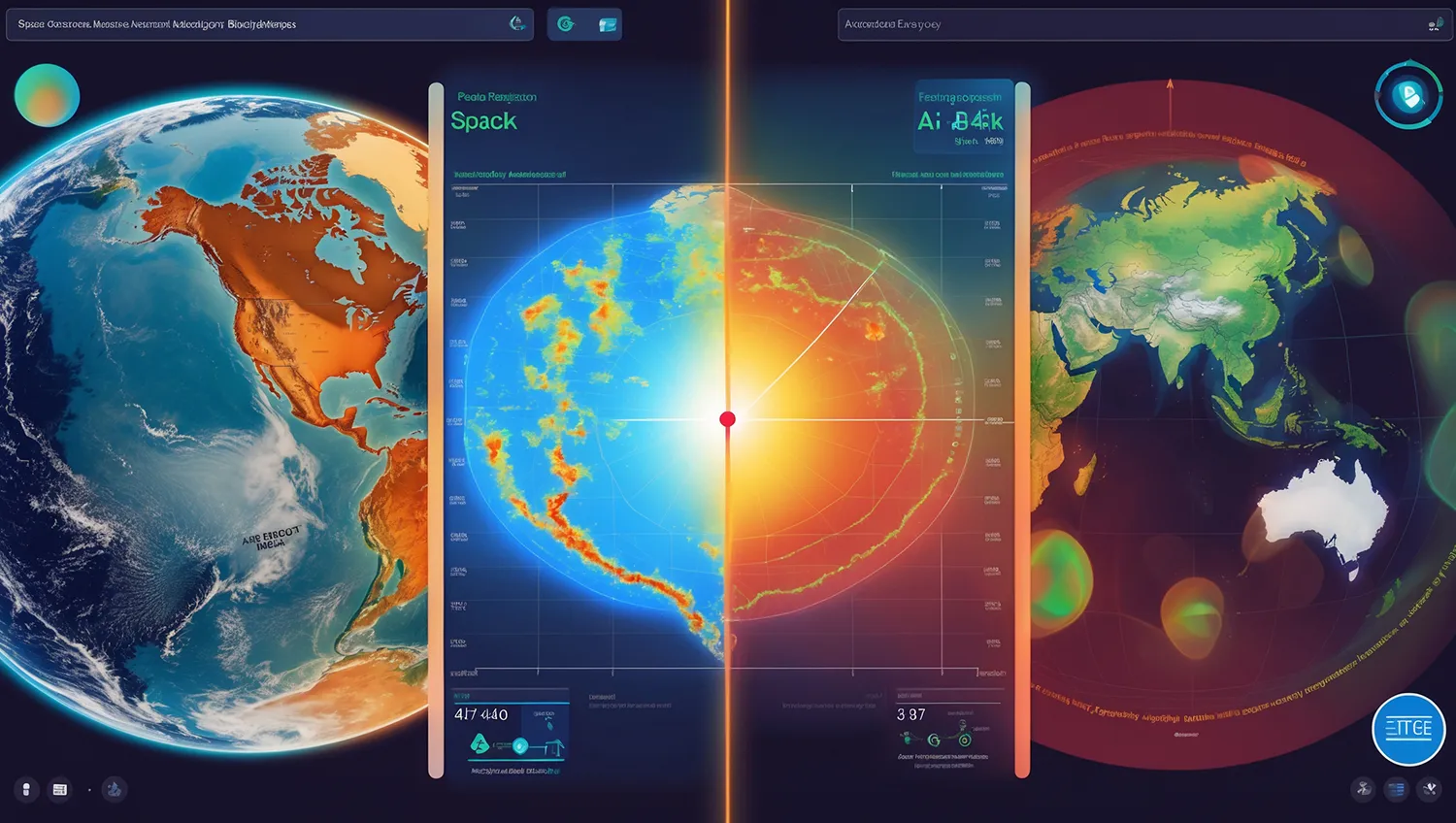
The discovery of 20 new mascons is more than a number. It is proof of Russia’s scientific maturity in artificial intelligence and planetary science. At a time of renewed “lunar races,” such achievements strengthen not only scientific standing but also technological sovereignty. And with its potential in mineral exploration, the method represents a breakthrough with implications both for space science and for practical industries.



